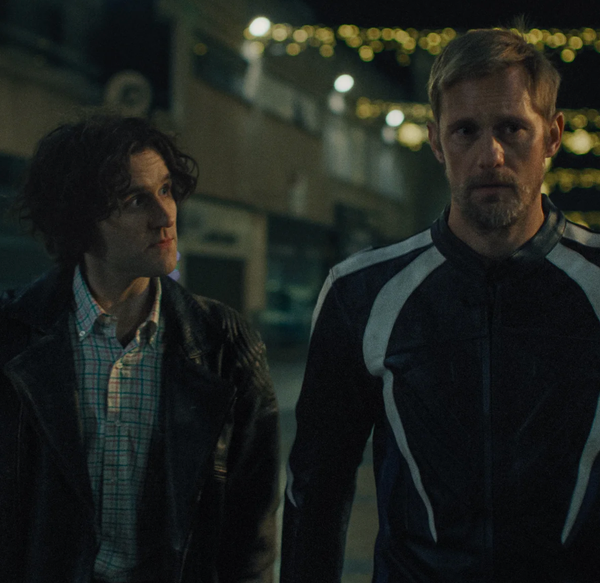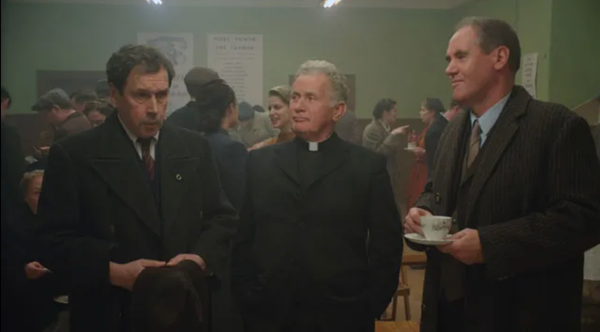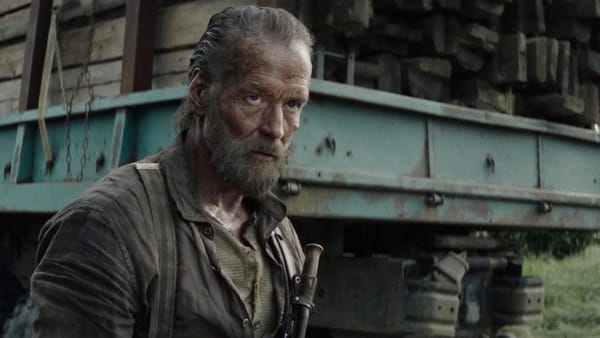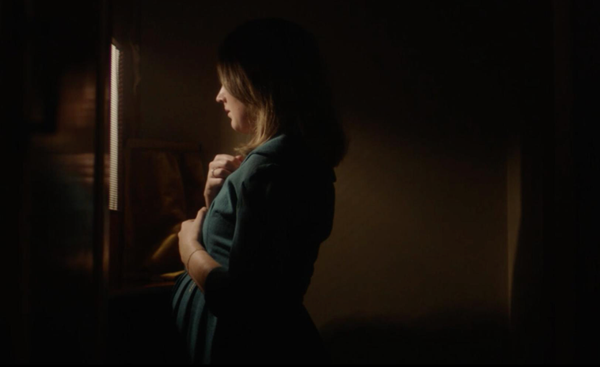Neil Cadieux dives deep in his review of North Cormorant Island.
Directed by John Williams, a Welsh director living in Japan, North Cormorant Island focuses on the landscape and lifestyles within Kitashima (North Cormorant Island), a remote fishing village located in Sado Island, Japan. This uniquely still and isolated part of the world has been frequented by Williams for over a decade as an escape from his adopted home of Tokyo. Shot over a ten-year period, the film pairs visual explorations of Kitashima’s people and landscape alongside auditory recitations of Williams’s childhood memories of Wales.
Opening with digital footage of the island’s shoreline, the film’s cinematography impresses throughout its eighty-six minute run time. Williams’s thoughtful, on-the-fly compositions of subjects and landscapes are equal parts immersive and pleasurable. Unfortunately, Williams’s voiceover is marred by poor audio quality and contrasts harshly against the beauty of the visual imagery. A harsh sibilance permeates Williams's narration and removes a certain gravitas contained within his anecdotes.
Narration and thematic choices make the film’s well-intentioned opening are bold, yet tonally conflicting. Specifically, biographical details of the Welsh countryside and Williams’s childhood are cut alongside an interview with Mr Ura, the village’s multi-talented merchant, innkeeper and postmaster. As an interview subject, the elderly gentleman is thoroughly entertaining, providing plenty of laughs and insights on the island’s past. This pairing of Eastern and Western cultural memory, while touching, feels slightly crowded.
Thankfully, as the narrative unfurls, the audio track is clearer, and the subject's extended interviews allow for breathing room. The town's inhabitants are observed within geographically specific scenarios, including a rice planting ceremony and a blessing of one of the island’s Shinto shrines. Extended conversations with the island’s older residents, and their recollections of lost traditions and people, provide a genuine and engaging sense of history.
The film’s ten-year long shoot proves haunting. In an early scene, we see an wisened woman grooming her cat. Shortly after, the same woman negatively compares her new cat to this former pet, who appeared on-screen moments beforehand yet died ten years ago. In a particularly affecting sequence, a young fisherman, who recently assumed the career of his father, complains that rising fuel prices and weak catch rates have stumped the island’s fishing industry. This fickle economy and environment is acknowledged with gallows humour. Things aren't looking good for the future.
This desperate attachment towards tradition within this changing world, and the reasonable responses Williams obtain are frequently bleak yet celebratory. It's evident in his direction that he cares deeply about these people and this land, especially within the context of his own move to Japan. Whilst technical issues and occasionally ill-conceived comparisons get in the way, the beautifully filmed exteriors and wonderfully observed subject matter more than make up for it.







